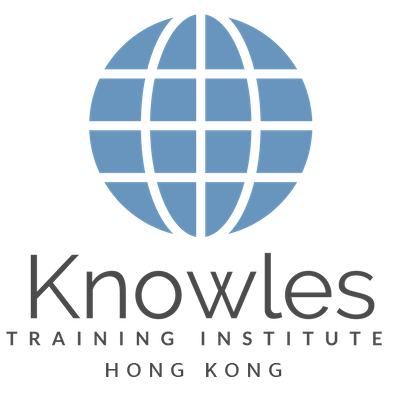Skip to content
Use Visual Imagery
Home » Use Visual Imagery
Use Visual ImageryJohnson West2023-07-17T12:35:20+08:00
Use Visual Imagery
Unlocking Creativity with Visual Imagery: Harnessing the Power of Imagination for Innovative Thinking
- Divergent Thinking: Visual imagery stimulates divergent thinking, allowing for the generation of multiple ideas and creative solutions. By visualizing different possibilities, individuals can explore unconventional and original approaches.
- Metaphorical Thinking: Visual imagery enables the use of metaphors as a thinking tool. By creating visual metaphors, individuals can gain new insights and perspectives, fostering creative connections between seemingly unrelated concepts.
- Visualization Techniques: Visual imagery can be employed through various visualization techniques, such as mind mapping or concept mapping. These techniques help organize thoughts visually, facilitating the exploration of complex ideas.
- Enhanced Problem Solving: Visual imagery aids in problem-solving by allowing individuals to mentally simulate scenarios and visualize potential solutions. By manipulating visual representations, individuals can test different hypotheses and evaluate their effectiveness.
- Inspiration and Aspiration: Visual imagery serves as a source of inspiration, sparking imaginative ideas and facilitating the creative process. By immersing oneself in visually rich environments or artworks, individuals can tap into their creative potential.
- Visual Storyboarding: Visual imagery can be used to create storyboards for projects or creative endeavors. By visualizing the sequence of events or ideas, individuals can plan and structure their work effectively, enhancing creativity and productivity.
- Synesthesia and Cross-Modal Thinking: Visual imagery can evoke synesthetic experiences, where one sensory input triggers perceptions in another modality. By exploring the connections between visual and non-visual senses, individuals can engage in cross-modal thinking, fostering innovative ideas.
- Visual Brainstorming: Visual imagery can be leveraged in group brainstorming sessions. By using visual aids, such as sketches or diagrams, participants can communicate ideas more effectively and stimulate collaborative creativity.
- Visual Metacognition: Visual imagery can be employed as a metacognitive tool for reflecting on one’s own creative process. By visualizing the steps taken and the progress made, individuals can gain insights into their creative strengths and areas for improvement.
- Visualization for Goal Achievement: Visual imagery can be used to visualize desired outcomes and goals. By creating a vivid mental image of success, individuals can enhance motivation, focus, and perseverance in working towards their objectives.
Page load link


